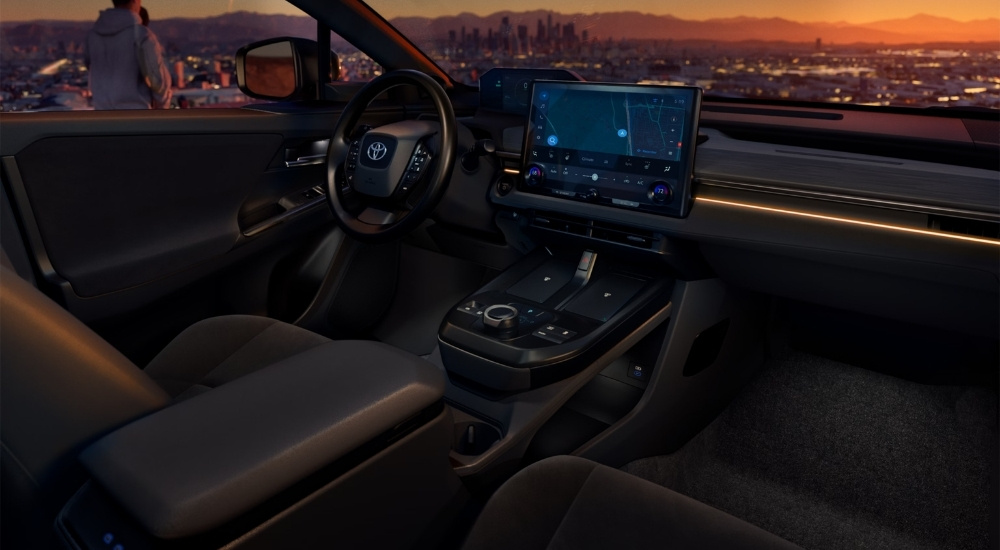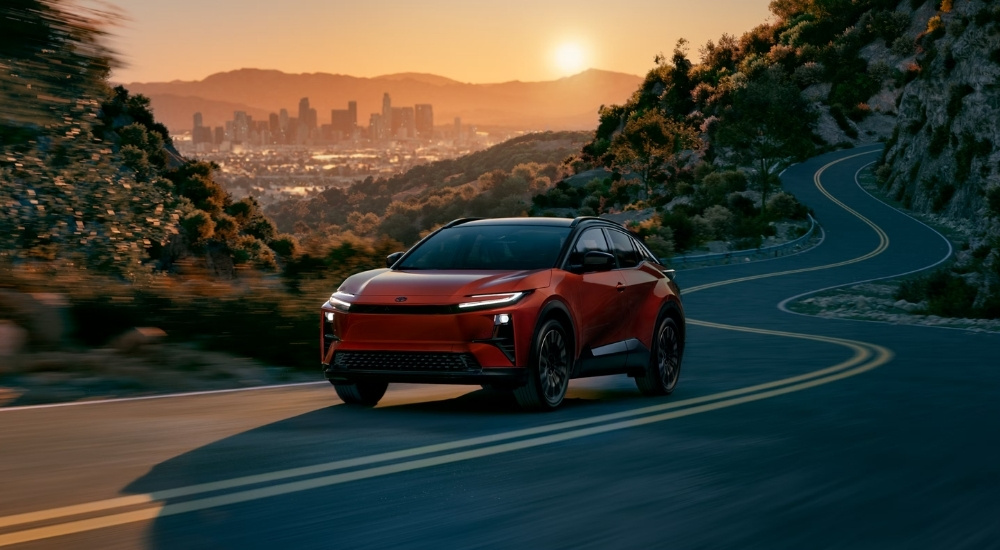Any driver who has considered making the leap to an electric vehicle can tell you that the market is flooded with options that continue to expand every model year. It’s a steady stream of new EV models mixed with electrified variants of old favorites. Toyota is continuing this trend with its announcement of a new C-HR for 2026, a previously short-lived subcompact SUV that was discontinued in 2022 and has now, for some reason, made its return as an EV. While EVs are always a welcomed addition to the automotive landscape, especially when you factor in fluctuating fuel costs, does the C-HR justify its existence in the Toyota lineup, especially with the recent announcement of the compact bZ? The answer is an unenthusiastic “Maybe?”

We Already Have the bZ to Look Forward to, So Why the C-HR?
It’s a bit difficult to find the advantages of the C-HR, especially when you consider the bZ, the newly announced rebranding of the compact Toyota bZ4X, also making its debut in 2026. If you’re looking at just the other Toyota electric SUV option, there’s no real reason why this subcompact model is needed. When it comes to features, both models share the same 14-inch infotainment screen that runs the Toyota Audio Multimedia system, along with dual wireless charging pads and the standard Toyota Safety Sense 3.0 suite. Sure, there’s a slight difference in size when comparing compact and subcompact SUVs, but is this discrepancy going to be a deciding factor for those looking for a small, electrified Toyota SUV? Not at all, especially when you take a closer look at performance, range, and size.
When comparing the C-HR’s performance to the bZ, the results are nothing special. It comes with a standard 74.7 kWh battery and a dual motor configuration for all-wheel drive, offering 338 hp. There are no other powertrain options available. This same setup is offered as an option on the bZ. Range is lackluster as well. While its 290-mile range is notable, the bZ can offer up to 314 miles on a full charge. Let’s be honest: the only real difference between these two models is their size, and even those numbers are not drastically dissimilar. For example, the length of the compact bZ comes in at 184.6 inches, while the C-HR is 177.9 inches. The wheelbase is equally similar, with the bZ being 112.2 inches and the C-HR measuring 108.3 inches. These are hardly drastic design differences. It’s safe to assume that the only real question consumers will have when considering these two Toyota models is their price. While the starting price for these two models has not been released by Toyota, it’s safe to assume the C-HR will be cheaper, but not by much.

The All-Electric Subcompact SUV No One Asked For
If you are looking for a small electric SUV, the C-HR is a reasonable choice. In this niche corner of the EV market, it does do better than its subcompact rivals like the Kia Niro EV and Hyundai Kona Electric when it comes to performance and range. Is it a huge difference that is going to change your life on the road? Hardly. This brings me back to my original question about the justification for this model’s existence, especially when considering the Toyota EV lineup. There’s really nothing special about the new C-HR. For those exploring the newest electric SUV options from this brand, your best bet is to check out the bZ.



